Take our virtual tour of the regions of New Zealand
Discover information about each region, the economic drivers that produce the job opportunities, and a pictorial representation of the main centres in each region.
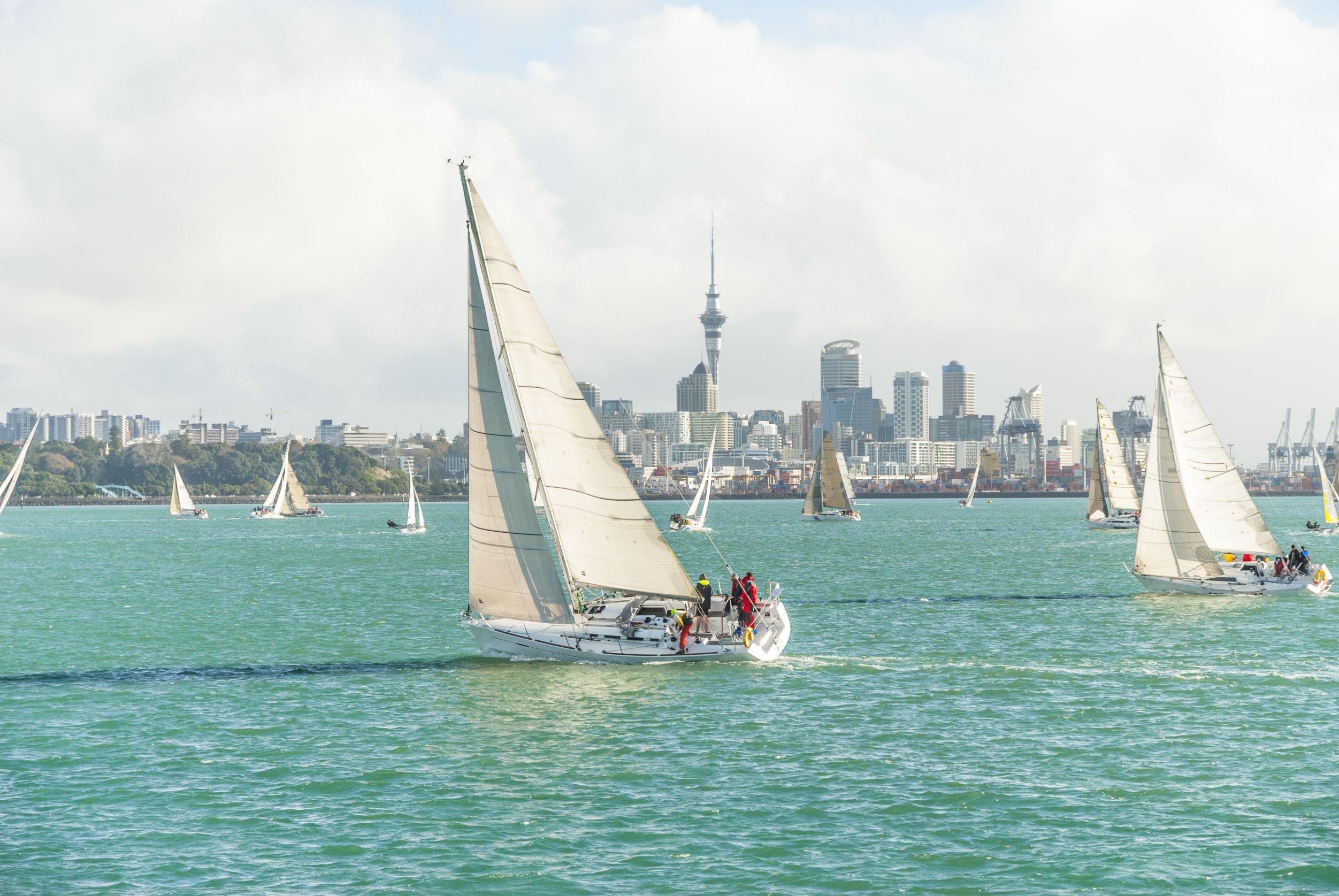
Auckland
Est. Population: 1.74 million
A dynamic world-class city international with abundant opportunity. New Zealand’s largest and fastest growing city.
Auckland is known as the City of Sails, and it is little wonder why. With some 22 beautiful islands, hundreds of swimming and surf beaches, one of the best native forests in New Zealand, harbours, and some of the best schools, universities, hospitals, and sporting facilities in the world, this region was voted world’s most liveable city in 2019 and remains near the top of the list most other years.
Job opportunities and world-leading career paths are abundant. Auckland has the country’s highest wage rates and a booming economy.
Whether you are seeking a thriving urban environment in the heart of a city that has vibrant and colourful nightlife, exceptional educational and health facilities, or a suburban family environment for the kids or even rural living, all is possible in Auckland.
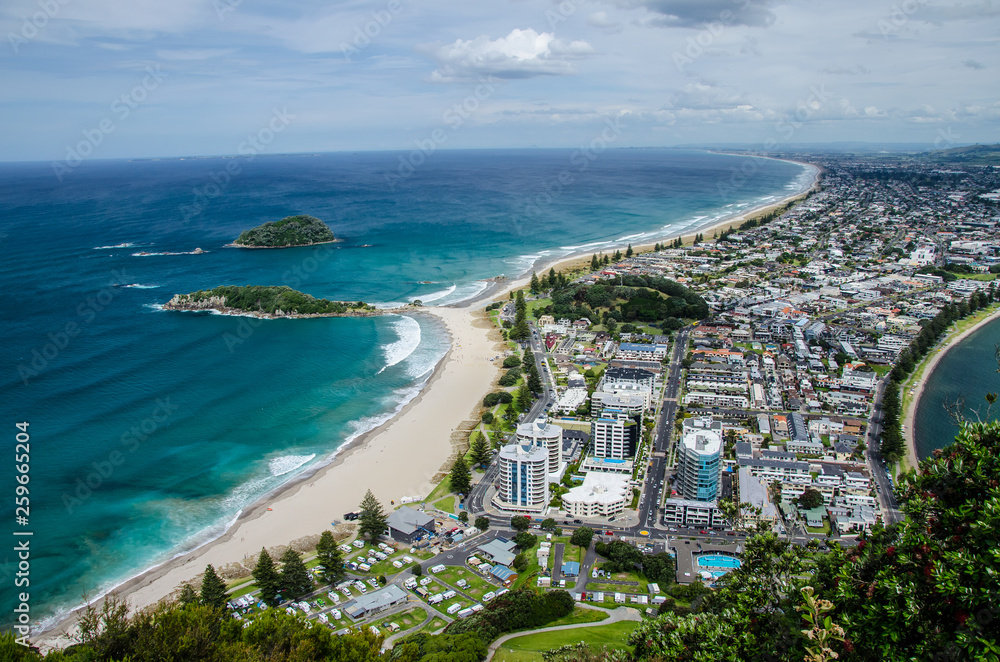
Bay of Plenty
Est. Population: 355,000
One of the more popular regions to relocate to in New Zealand is the Bay of Plenty. The largest city, Tauranga, is home to approximately 160,000. Other small cities with populations included are as follows: Rotorua at 78,200, Taupō at 42,000, and the town of Whakatane 3,800. There are multiple small towns in addition to those indicated.
As the name indicates, the “Bay”, as it is known, has plenty to offer. Tauranga is blessed with one of sunniest climates in NZ, a 21-kilometre, golden sand surf beach on the fringes of the city, and Mt Manganui is a popular holiday spot. The natural harbour weaves in and out of bays around much of Tauranga and provides significant economic stimulus being New Zealand’s busiest port.
Surrounded by primary industries including agriculture, forestry, fishing, coupled with the ports, the economy has grown significantly in the region in recent years. Professional, scientific, technical, and construction services too have grown. Healthcare and education facilities have expanded as this popular region continues to grow steadily.
Rotorua in the same region is a tourist mecca. The city is located on the shores of Lake Rotorua. Rotorua is famous for the spectacular geothermal activity, a draw card for tourists globally. The are 16 lakes in Rotorua making this a beautiful city full of adventure tourism activities, eateries, and much more.
Taupō, the smallest city in the region sits on the shores of Lakes Taupo, NZ’s largest lake. Once again, a tourist draw card and a beautiful area to live. There is much to do in Taupō - hot springs, vibrant nightlife, eateries, walks, boating, trout fishing, and so much more.
At present, the region provides a range of employment opportunities spreading across most industries.

Canterbury
Est. Population: 667,000 | Christchurch City Est. Population: 400,000
From Christchurch City, New Zealand’s second largest city, to the beautiful Akaroa harbour, Hamner Springs thermal resort, the Mackenzie Country with high country farms, Aoraki Mount Cook, Lake Tekapo, Twizel, and Fairly, the Canterbury region is spectacular.
The main cities and towns include Christchurch, Rolleston, Ashburton, and Timaru. The main industries that drive the employment across the region include construction, healthcare and social assistance, manufacturing, professional, scientific and technical, agriculture, farming (including sheep, beef and dairy cattle, and exports), and technology and aerospace. Virtually every industry is represented across the region.
The whole region has much to offer. Often skilled migrants overlook South Island locations, but a dry climate and great summers make this region worth exploring.
A great family destination, there is much to do from the thermal resorts to snow skiing, exploring the beautiful high-country regions, and much more. Like any international city, Christchurch has great facilities including educational and healthcare facilities, is clean with good nightlife, cuisine, beaches mountains, rivers, and lakes.
The regions of Canterbury will appeal to those looking for strong, friendly communities which are particularly family friendly. Most candidates moving to this region tend to stay which is a good indicator of living standards.

Gisborne
Est. Population: 52,000 | Gisborne City Est. Population: 38,200
The first city in the world to greet the sun each morning with its hot sunshine hours and fertile clay loam soils, Gisborne district is an ideal environment for winemaking. The region is noted for its Chardonnay, Gewurztraminer, Viognier, Pinot Gris, Merlot, and Malbec wines. Other local industries include agriculture, horticulture, farming, forestry, and fishing.
Gisborne city functions as a service town for the district. Its port, a sheltered river port, hosts ships loading logs for export, as well as smaller fishing vessels.
Despite the region’s smaller size, employment opportunities are often available in this region.

Hawke’s Bay
Est. Population: 182,700
Located on the east coast of New Zealand’s North Island, Hawke’s Bay Wine Country is New Zealand’s leading food and wine region. With over 2,200 hours of sunshine, Hawke’s Bay is a year-round holiday destination with an eclectic mix of visual and sensory experiences.
Hawke’s Bay is a beautiful place to both live and visit. You will find wildlife centres, parks and gardens, both trout and sea fishing as well as hunting for those inclined, gannet colonies, and spectacular walking tracks backing onto the other side of Te Urewera National Park and Cape Kidnappers.
Hawke's Bay's largest industries are manufacturing and agriculture (including horticulture and fruit growing; and grain, sheep, beef, and dairy cattle farming. Other economic drivers are construction, healthcare and social assistance, manufacturing, and financial and insurance services, making for a strong and healthy economy with roles available across most industries.

Manawatu & Whanganui
Est. Population: 260,900 | Palmerston North Est. Population: 91,800 | Whanganui District Est. Population: 48,800
Situated on the banks of the Manawatu River and the base of the Tararua mountain ranges, Palmerston North, Manawatu’s largest city, has a thriving economy which is largely due to its geographical location in central North Island and the prolific farming and agricultural activities. It is also home to some of the best schools and university in the country.
A short distance from Palmerston North will take you to the Ruahine Mountain range which provides some of the best remote location experiences you will find anywhere in New Zealand.
Recent years have seen the construction section booming in this region. Agriculture, sheep, beef and dairy cattle farming, and forestry drive the economy which is home to a top university, hospital, and a strong logistics and manufacturing sector due to its central location.
Employment opportunities are plentiful relative to size.
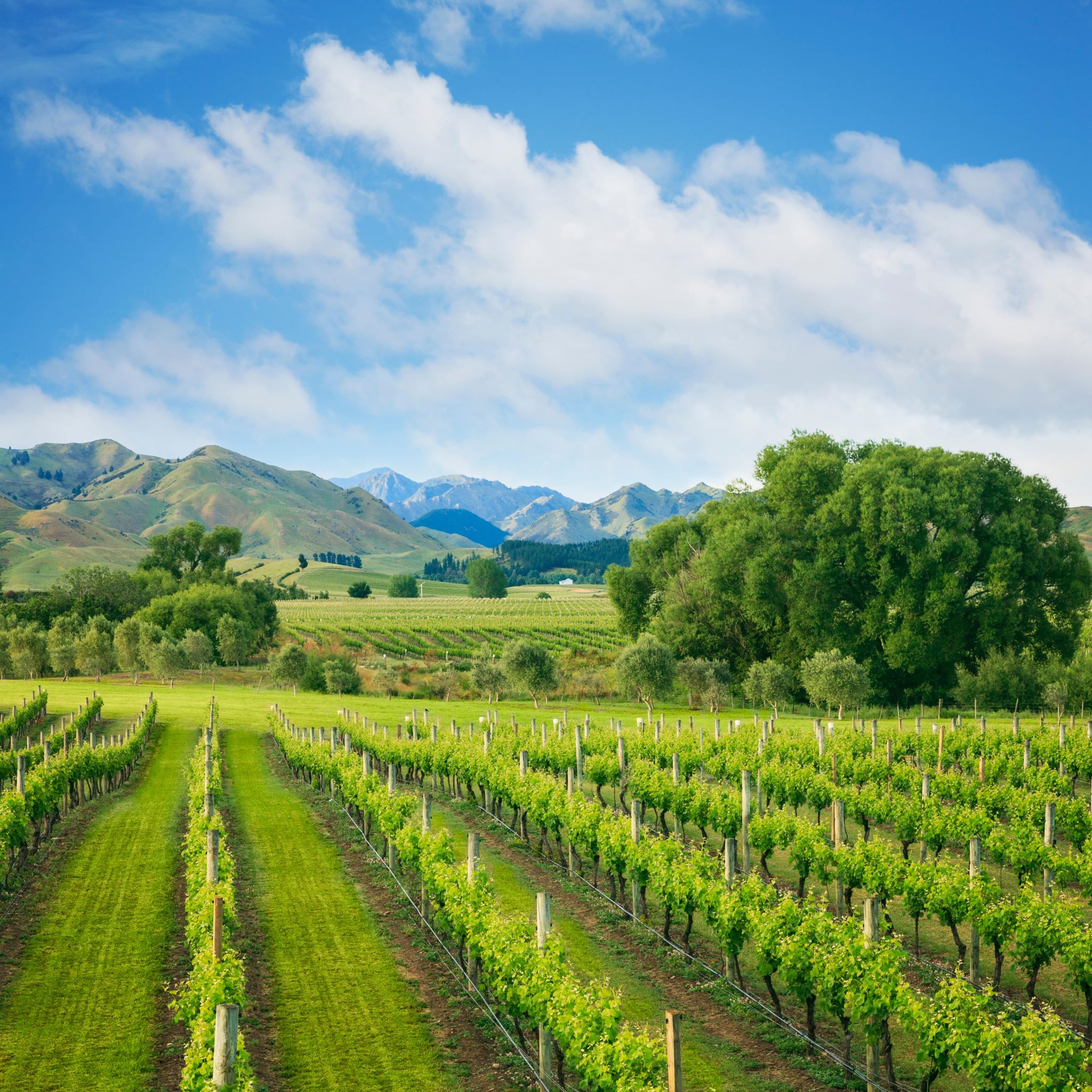
Marlborough
Est. Population: 52,200 | Blenheim Est. Population: 30,500
This place has everything from the Queen Charlotte Sounds, Pelorus and Kenepuru Sounds, to the high-country farms, and Kaikoura in the South of Marlborough. Couple this with high sunshine hours and it is truly a beautiful part of NZ.
Marlborough is best known for its world-class wines – the Sauvignon Blanc is highly recommended!
The main city of Blenheim is 30 minutes from Picton, the docking point for the Inter-Island ferries. To the south of Blenheim, after driving through majestic mountainous scenery, you get to the Kaikoura coast which eventually leads to Kaikoura where you can take a boat trip out to see the giant sperm whales. They are in residence all year round. Humpback, southern right, and blue whales are frequent visitors which dive into the 2km deep abyss of the Kaikoura Canyon.
Whether you are a new migrant coming to NZ or a resident of New Zealand, make sure you visit Marlborough and the surrounding areas. Even if you’re not lucky enough to secure employment in this region, this is one place you should see.
Key employment areas include aquaculture, viticulture, forestry and wood processing, aviation, screen and creative industries, and technology and innovation.

Nelson Tasman
Est. Population: 115,000 | Nelson City Est. Population: 55,600 | Richmond City Est. Population: 19,200
The city of Nelson has its own unitary authority separate from Tasman District, and together they comprise a single region in some contexts.
With one in five people internationally born, there are 48 different cultures living in its environs.
Nelson Tasman is a place of stunning natural landscapes – lakes, mountains, rivers, native bush, beaches. We have it all easily within reach. A reasonably short drive will find you in the Golden Bay region, with a variety of parks and reserves including the famous Abel Tasman walk, the scenery is spectacular.
Nelson is a wonderful city known for its sunshine, friendly and relaxed lifestyle, and clean, tidy streets. Some of the larger contributors to economic growth in the region include construction, professional, scientific and support services, and agriculture, forestry, fishing, healthcare, and manufacturing with roles available frequently in the region.
Activities are immense and include boating, kayaking, crafts, wineries, both salt and freshwater fishing with all-around spectacular results, picturesque beaches, cafes, cinemas, art galleries, and much more. This region is a great place for families, with low crime, excellent schools, and lots to do.
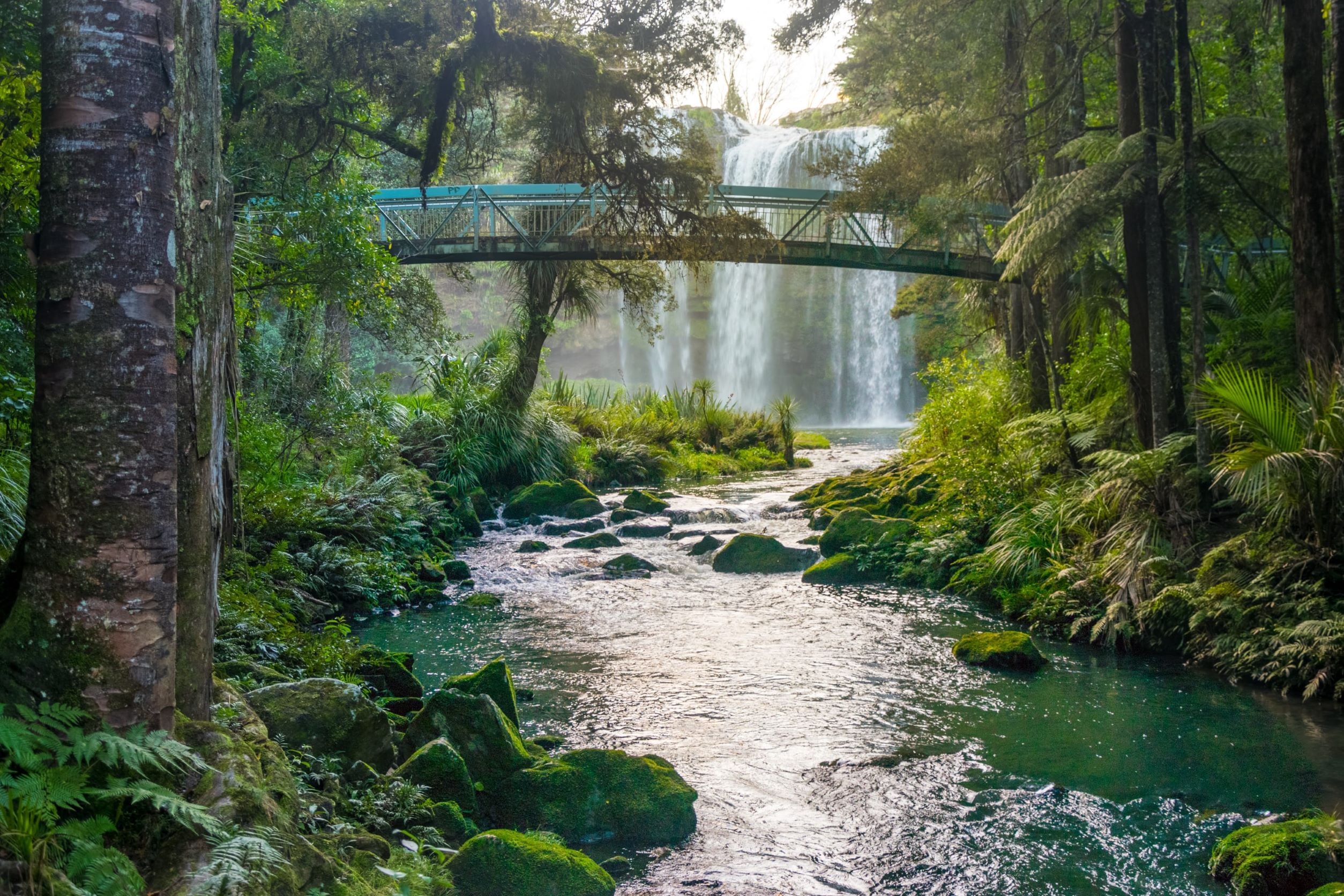
Northland
Est. Population: 203,900
Northland is the northernmost region of New Zealand. The region pans 13,940 km2 with a population estimated population at just surpassing 200,00 as assessed in 2022.
As the northernmost and warmest of New Zealand’s 16 regions, Northland is known as the 'winterless North’. The mild, subtropical, and rather windy climate is complemented by some of New Zealand’s most beautiful beaches, secluded coves, breathtaking seascapes, and a rich tapestry of flora and fauna.
Home to the Bay of Islands with 144 islands and offshore bays, the region is a tourist destination in the truest sense.
The largest city Whangārei has a population of 56,900 with the wider Whangārei district population home to 101,900.
Employment is widely available in Whangārei. Depending on your background, a range of employment options can also be found in multiple other centres, particularly so for skills in demand.

Otago
Est. Population: 254,600 | Dunedin Est. Population: 134,600 | Queenstown Lakes District Est. Population: 52,800
Otago is New Zealand's second largest region. Dunedin city is the largest main centre of Otago, and Queenstown a tourist mecca known for outdoor adventure activities, with other main areas of the region including Central Otago, Balclutha, Wānaka and Waitaki. There are many other towns in the region other than these mentioned.
Dunedin, at the head of Otago Harbour on the South Island’s southeast coast, is known for its Scottish heritage. Boasting one of New Zealand’s best universities, the city has much to offer, and has a heritage feel to it with a great community.
The wider Otago area has a diverse landscape from rugged coastlines to impressive mountains and alpine lakes. Its beautiful scenery and adventure packed terrain make it a popular destination for local New Zealand and international visitors.
The Queenstown lakes district is stunning. This is a location famous for some of New Zealand’s most beautiful landscapes and is New Zealand’s capital of outdoor adventure. Giant snow-capped mountains surround lake Wakatipu, drawing international visitors to this area in large numbers.
Globally significant multi day walks and ski resorts pair alongside this upmarket destination with a multitude of high-end hotels and accommodation and international cuisine, with cafes and eateries everywhere. Unquestionably, this is one of New Zealand’s premier holiday destinations.
Farming, horticulture, and viticulture are Otago’s main economic drivers and industries related to construction, hydroelectricity, real estate, and light manufacturing are well on the rise. Education, healthcare and tech are strong also and particularly so in Dunedin. Employment opportunities are abundant.
Central Otago has an excellent network of roads and easy access to airports in Queenstown and Dunedin. These connections enable businesses to service national and international clients while opting for the Central Otago lifestyle.

Southland
Est. Population: 103,900 | Invercargill Est. Population: 57,900
The main centre is Invercargill, considered by many to be the capital of Southland, with a population of 57,900. The attractive lakeside town of Te Anau, located on the shores of the South Island’s largest lake, is the gateway to the world-famous Fiordland National Park and is home to nearly 3,060 people. All up, the population share the 3.1 million hectares (12% of New Zealand's total land area) of regional, lush farmland, and coastal areas, making Southland the perfect place to escape the hustle and bustle of big city life.
With an abundance of natural resources, Southland's economy is booming, bringing real benefits to the entire region and offers one of the highest employment rates in New Zealand. This, along with the safe streets, high standard of educational opportunities, and low living costs, plays a big part in making Southland a great place to live, work, study, and play.
Employment drivers include tourism, manufacturing, education, healthcare, forestry, fishing, mining, agriculture, dairy cattle, meat, and meat processing to provide strong foundations to the local economy.
The region includes areas considered the jewels in New Zealand crown such as The Milford Sound, “the number one most beautiful place in NZ”, and Fiordland National Park which also is considered among the most beautiful places to visit in New Zealand.
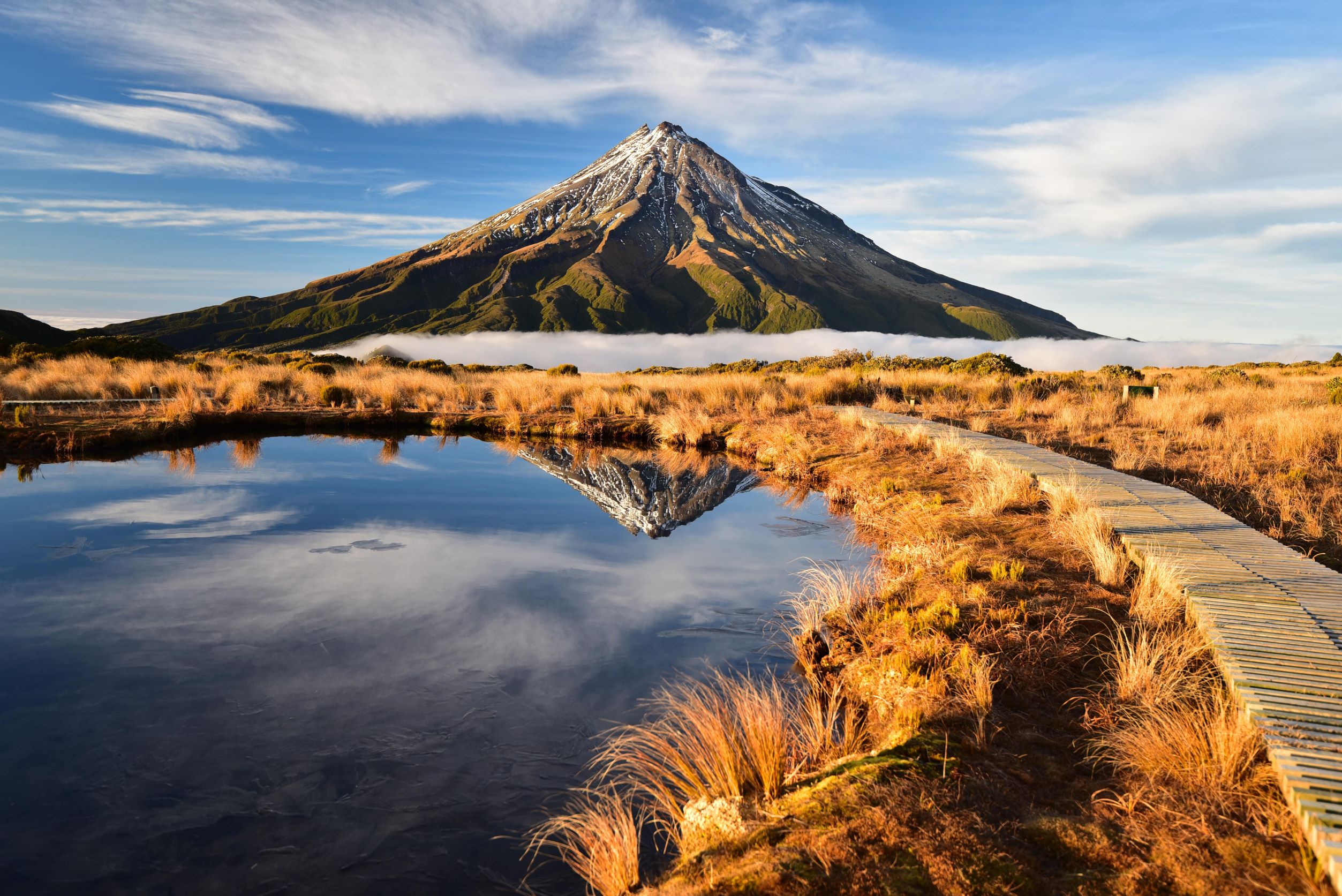
Taranaki
Est. Population: 128,700
The city of New Plymouth District is home to around 88,900 people with the remaining population spread out rurally across Hawera, Inglewood, Waitara, Stratford, Eltham, and Ōpunake.
This area is often overlooked but is probably New Zealand’s best kept secret as in recent years it was voted “world’s most liveable city" (for a population between 75,000-150,000)
Mt Taranaki dominates this region that includes one of New Zealand’s most beautiful national parks. The mountain itself is accessible by road, with multi day walking trails, a river, parks, and reserves. New Plymouth offers west coast beaches on its doorstep, a vibrant and healthy economy, and much more.
The primary industries of agriculture, dairy farming, forestry, fishing, and petroleum industry producing oil and natural gas drive the economy. This produces employment opportunities around the region both in these sectors and the stimulus it brings to all the support industries. For this reason, there is often an abundance of employment opportunity comparative to the region’s size.
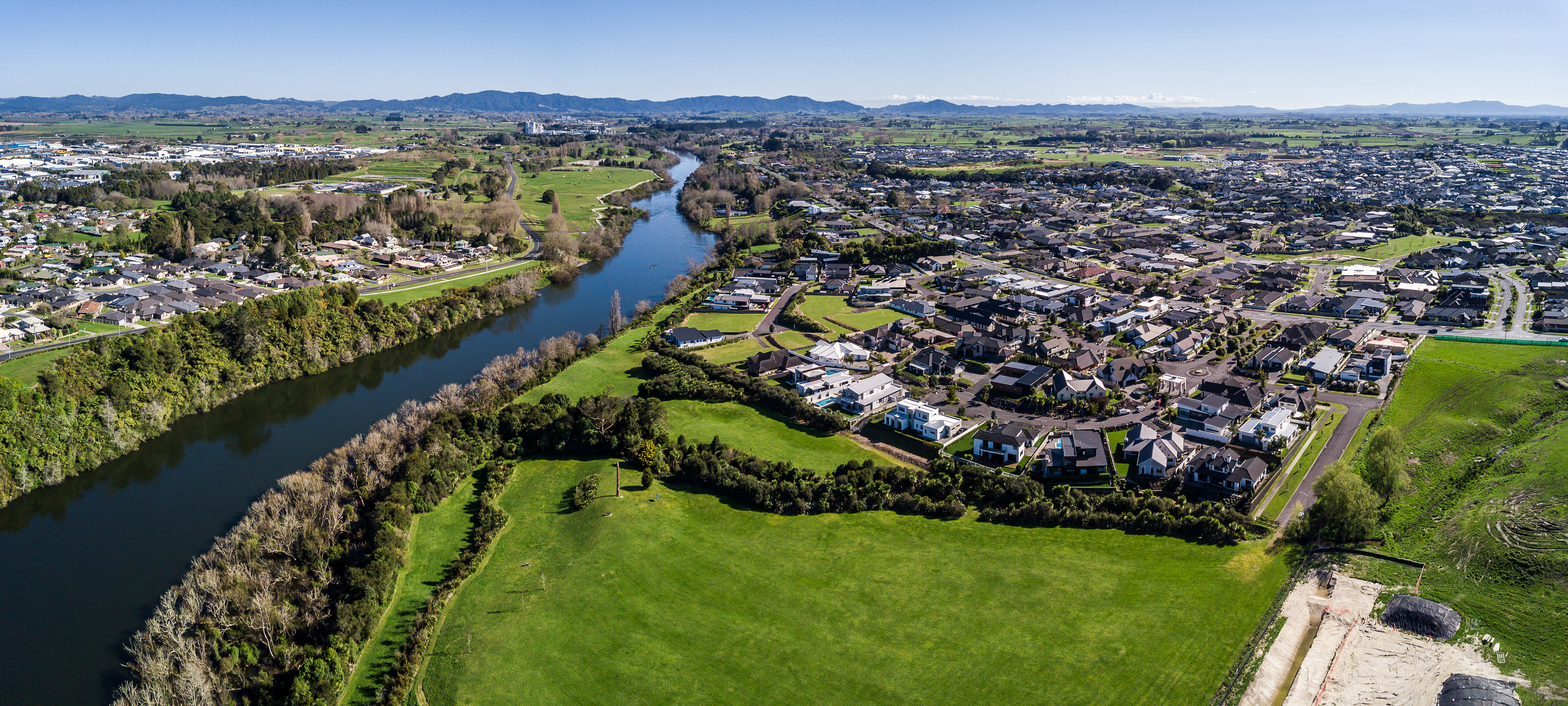
Waikato
Est. Population: 522,600
Waikato is the fourth largest region in New Zealand, covering approximately 25,000 square kilometres. It stretches from the Bombay Hills and Port Waikato in the north down to the Kaimai Ranges and Mt Ruapehu in the south. The region has 1,138 km of coastline.
The wider Waikato region has a population estimated at 522,600 and has the youngest median age of population at 32.2 years. Hamilton, Waikato’s largest city, is just 90 minutes from Auckland and home to a population estimated at 180,000.
Housing costs are affordable but this clean, green, economically vibrant city also has all the benefits of a major city. Great educational facilities including a university, hospitals, superb cuisine, night life, shopping, and much to do.
NZ’s longest river, the Waikato, flows for 16km through the city
A mild climate and moderate, year-round rainfall keep the city and surrounding area very green
135 parks and gardens and 58 sports areas
The city has over 1,000 hectares of open space
The wider Waikato region includes the beautiful Coromandel Peninsula with spectacular beaches and tourism. Waikato has wide open rural spaces, and farming activity is represented widely. West coast beaches provide world class surfing. There are lakes, rivers, forests, and beautiful days trips throughout the region.
Employment across a wide range of industries is available in the region, particularly so in Hamilton City.
The region has also become increasingly popular for those relocating to New Zealand who find the regional appealing.
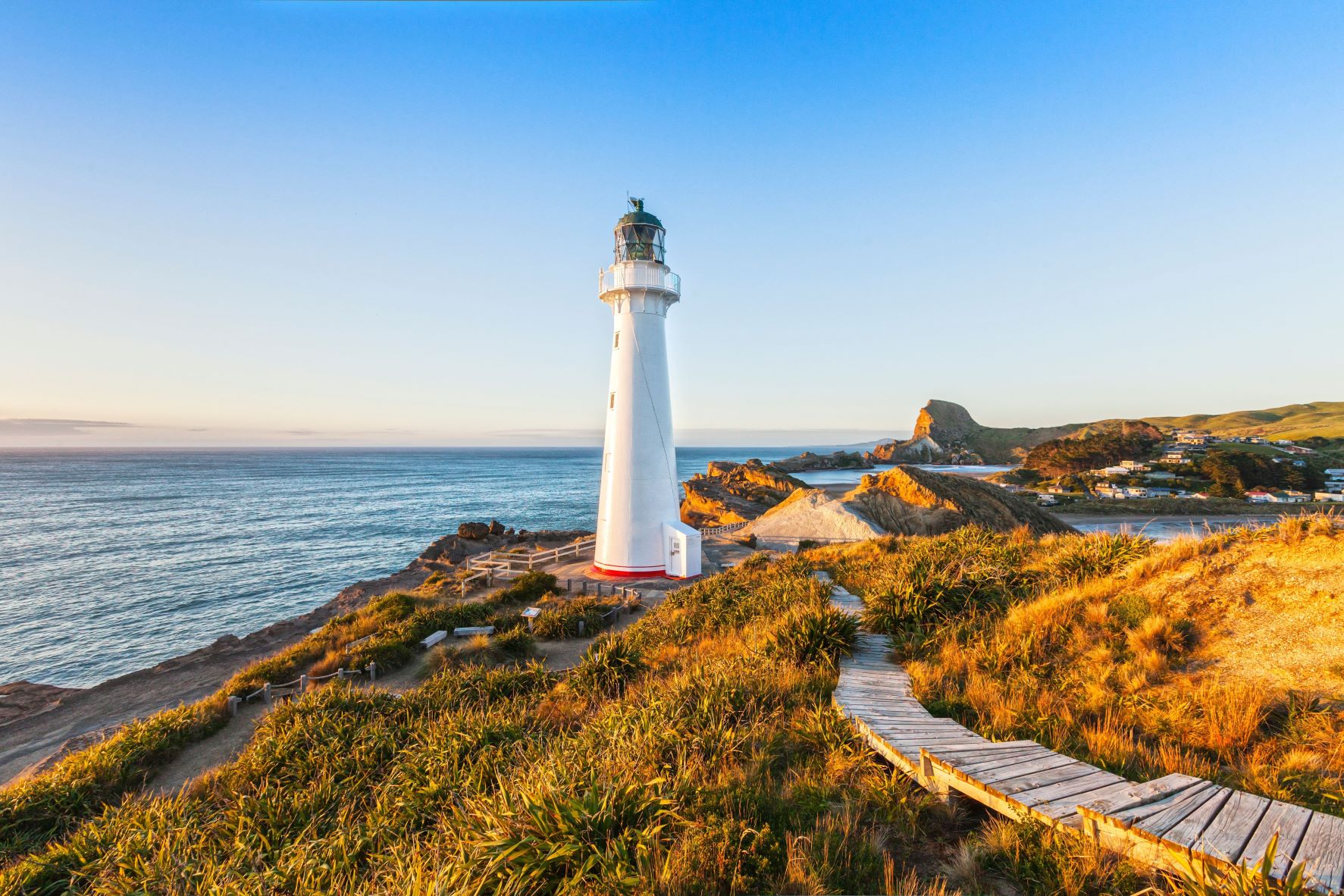
Wellington
Est. Population: 550,500 | Wellington City Est. Population: 215,200
Wellington is New Zealand’s 3rd largest region, and Wellington City the capital of New Zealand with the Beehive being the executive offices of the New Zealand Government.
The city is situated alongside Wellington Harbour and surrounded by natural beauty, including Zealandia, an award-winning eco-attraction just minutes from the central business district.
Greater Wellington, also known as the Wellington Region, is a non-unitary region of New Zealand that occupies the southernmost part of the North Island. The region covers an area of 8,049 square kilometres.
Wellington is a leading centre for creative industries, such as film and computer technology. The region is registered with UNICEF as a child-friendly city and is the home of the New Zealand Stock Exchange (NZX).
Wellington Port is home to the Cook Strait ferries connecting the North Island to the South Island, making travel between the two islands relatively easy for weekend excursions.
Top industries advertising positions often include:
Information & Communication Technology
Government and Defence
Trades and Services
Admin and Office Support
Healthcare and Medical
Central Government Administration
Computer Systems Design and Related Services
Cafes and Restaurants
Hospitals (except Psychiatric Hospitals)
Management Advice and Other Consulting Services
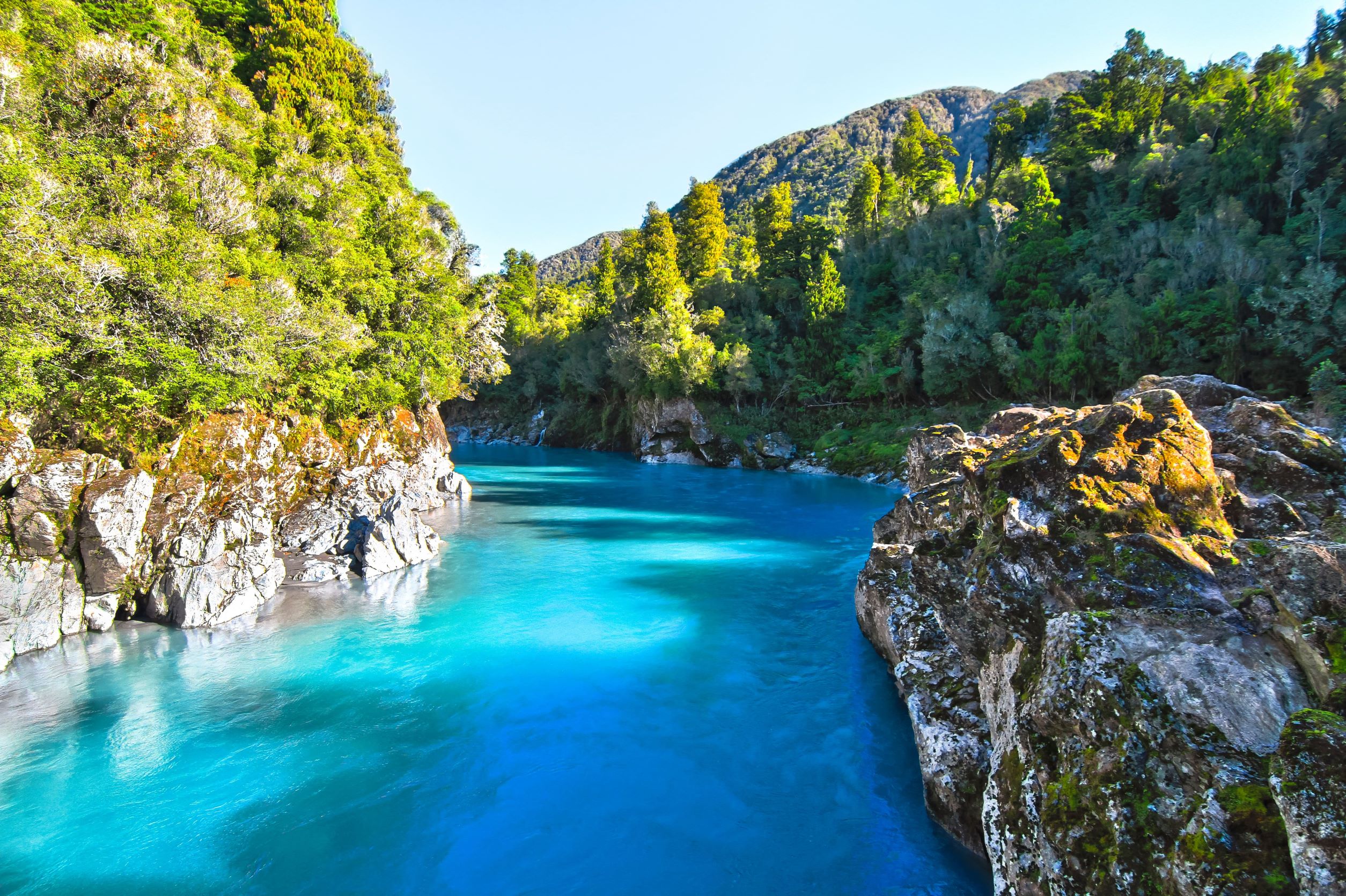
West Coast
Est. Population: 32,900
The main towns in the region include are Greymouth, Hokitika, and Westport.
Wake up to the West Coast. A and teeming with natural wonders, untamed wilderness, warm, welcoming people, and more wildlife than you can shake a stick at.
Surfing, rafting, climbing, glaciers, a world heritage national park like no other, kayaking, trout fishing, hot pools, spectacular alpine rivers, transalpine adventures, world-class walking tracks and so much more. This is the home for the adventurous among you and those that wish to find the lost population of the world’s most friendly people.
Greymouth is the largest town on the West Coast. During the last century, the town was the focus of the Westland gold boom, and, until the 1920’s, supported the country’s coal mining industry. Timber has also been important to the town. Other major towns apart from Greymouth include Westport and Buller.
The close community spirit makes living in this region a “heartland experience.” A place where you will find the true spirit of Kiwi hospitality, down to earth people, and a pace of life the envy of most.
